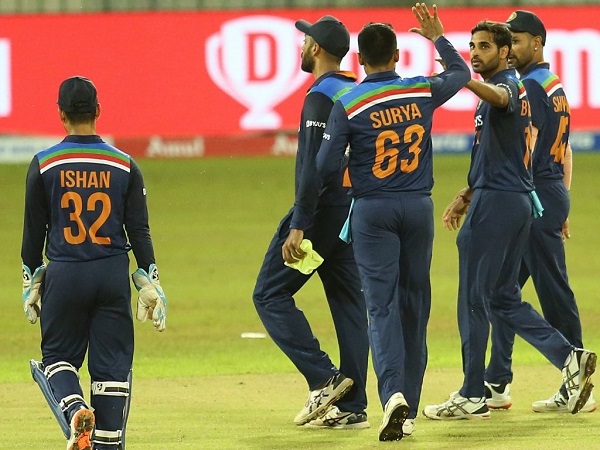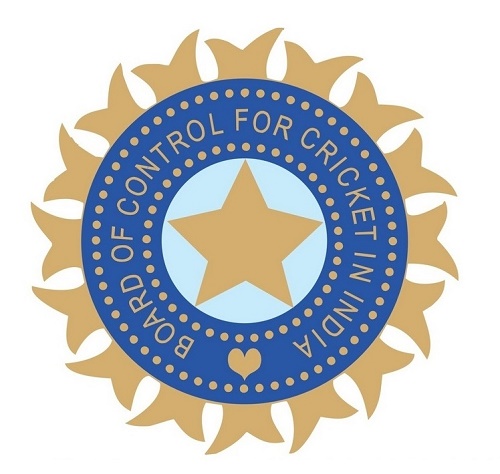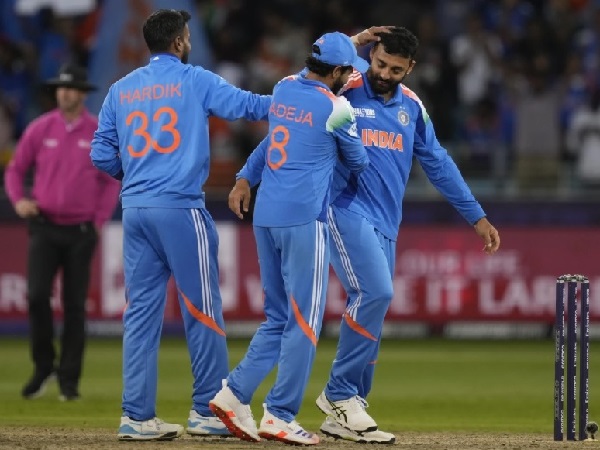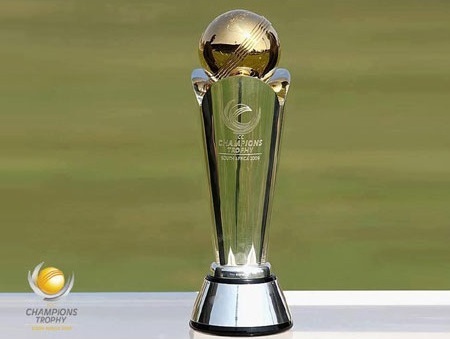In January last year, Fernando Ruiz Hierro, currently one of La Liga’s Brand Ambassadors, at a promotional meeting organized by the Spanish national federation, had said, also triggering some hilarity from those present, “India has great untapped potential. The growth of soccer in this macro-continent reflects the country’s growth globally.”
Since April 2015, the national selection of the “Blue Tigers” has risen from 173rd in the Fifa rankings to the world’s top 100. Currently, the national team fluctuates between 90th and 110th place) thanks to substantial and prudent investments, the offspring of a clear sports policy strategy that, within a few years, may be able to convince even the most skeptical and pessimistic.
In a country where cricket represents, unquestionably, still the national sport, the turning point from a commercial point of view for soccer came in 2014 with the creation of the Indian Super League: to make a point, the league where the various Alessandro Del Piero, Gianluca Zambrotta, David Trezeguet, Nicolas Anelka, and Robert Pirès, ended, more or less happily, their careers before their ideal retirement from competitive soccer.
India’s two national divisions aim to become the most competitive and watched tournaments in Asia
The I-League, established as India’s first professional league, was founded in 2007 at the All India Football Federation (AIFF) initiative to replace the former National Football League, active since 1996 and in decline. However, despite solid ambitions, archaic league management that was totally out of step with the contemporary context prevented the I-League over the years from representing what was supposed to be the new frontier of soccer in Asia.
At this point, the All India Football Federation itself, in 2013, took the courageous decision to approve the birth of a new national competition that could, at last, lay the groundwork for significant development of soccer in the country: at the level of clubs, national representation and, above all, business. Thus the Indian Super League was created with a structure deliberately mirroring that of the Indian Premier League (IPL), i.e., the world’s top cricket league, one of the most watched sports competitions on the five continents.
Thanks to commercial agreements made with three industrial giants-Reliance Industries Limited, India’s largest private company (already the owner of one of the IPL’s most titled cricket clubs: the Mumbai Indians), the International Management Group (IMG), a U.S.-based company active in various sectors (media, sports, fashion), and Star India, India’s largest television network – the Indian Super League has, in a matter of very few seasons, transformed itself into the national league that can perfectly match the ambitions of what is one of the potentially most significant fan bases in the world, numbers in hand.
Moreover, since 2019, thanks to the Asian Football Confederation’s approval of the All India Football Federation’s proposed Indian soccer development plan, the ISL has been recognized as the premier national football competition.
In this way, after only six years since its founding, the first-place finisher of the Indian Super League gets direct access to the group stage of the AFC Champions League, Asia’s top continental competition.
Then, to everyone’s surprise, the I-League team gained a place in the qualifying phase of the AFC Cup, which is the continental football competition reserved for Asian teams from 14 countries that do not participate in the AFC Champions League.
At this point, we cannot fail to mention that online betting sites on Indian soccer have also increased in recent years, precisely because said sport is being followed more throughout the country. In fact, today, you can bet safely and quickly on the top betting sites in India that also include many bonuses and convenient payment methods for bettors.
The turning point that prompted City Football Group to invest in India.
City Football Group purchased a 65 percent stake in Mumbai City. The Islanders, thanks in part to the significant investments made by the CFG, after celebrating winning the national title in the 2020-2021 season, wrote a substantial page in the history of Indian soccer by achieving their first-ever Asian Champions League victory last April 11. They did so by outplaying the Iraqis of Al-Quwa Al-Jawiya by a measure in Group B, with a decisive goal by Rahul Shankar Bheke, who was born and raised football-wise right in Mumbai.
Conclusion
India’s role has always been considered marginal in competitive sports. At the sporting level, New Delhi has never really known its global centrality, with the partial exception of hegemony in cricket and chess.
Finally, we can say that in recent years the Indian Super League seems to have laid the groundwork for permanently disrupting these balances.














Leave a Reply